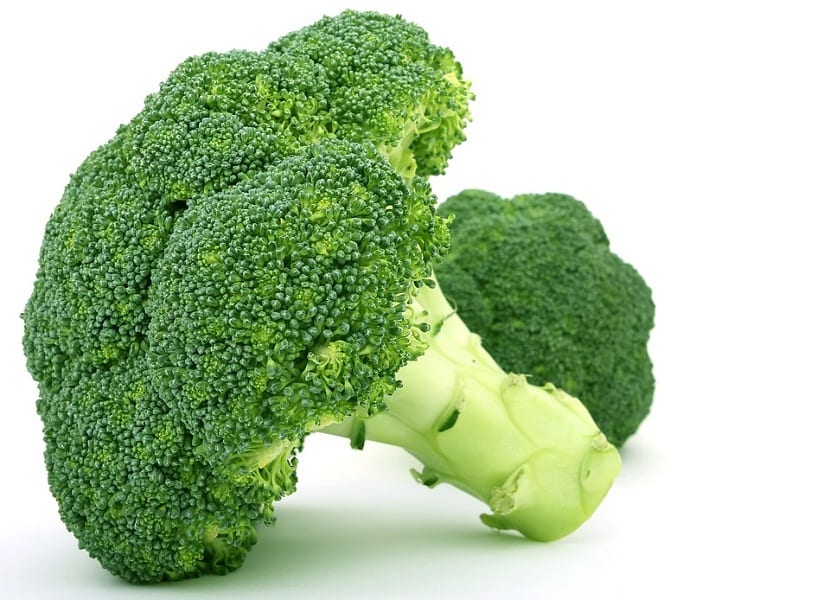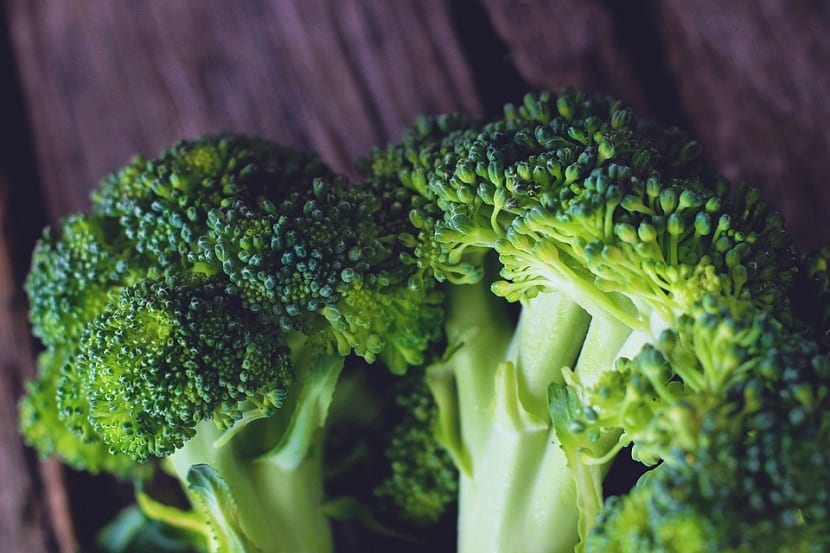
Broccoli is a kind of edible flower of the herbaceous plant Brassica oleracea L.a Italic variety and belonging to the Cruciferous family. They are also known by the name of cabbage-broccoli, since they belong to the category of the same name. This vegetable originates from Asia Minor, but since its import it has been the object of Greek and Italic cultivation (especially in the south) and since ancient times. Broccoli has a delicate but not particularly structured flavor and is included in vegetables that are rarely accepted by the youngest in the house.
Grow broccoli

Broccoli is easy to grow both in the field and in pieces of land, as long as it is lent special attention to soil fertilization. Broccoli are great exploiters of the land and as such, they need an early fattening of the soil (in autumn with mature manure or dry manure) and other contemporary production (with rock meal).
Siembra
Planting takes place in the last days of April and in May / June and the plants must be placed in a seedbed (separated from each other with a separation of 50 cm.), they can even be combined with celery.
The profitability of broccoli is good, because even after the flower is cut, the plant (near the leaf area) continues to produce it throughout the warm season (from July to October and depending on the quality or type) and until the season coldsome types resist even to temperatures below 0). The broccoli flowers should be separated or better cut, with about 8-10 cm of stem.
Quality
Quality broccoli must meet some visual criteria, such as NOT having inflorescence, density, bright color (green and not yellow), turgid green leaves (not yellow and wilted), and intact stem (tender and not woody). If the broccoli meets these characteristics, Besides being an excellent vegetable for cooking, it is also an excellent vegetable when raw. Other preparations that can be made are boiled, baked gratin, sautéed, as a side, in minestrone, etc.
Nutritional characteristics
Broccoli is a vegetable that belongs to food group VI and VII, since contains high amounts of vitamin C (ascorbic acid) and β-carotene. By virtue of these characteristics, as well as the relative content of phenolic substances (polyphenols), sulforaphane (a substance generically beneficial for our body, anti-aging and highly antioxidant) and chlorophyll (antioxidant), this becomes a food that has antitumor characteristics.
From the saline point of view, broccoli provides excellent amounts of magnesium, phosphorus, and iron, although the latter in a poorly bioavailable form. It is also an excellent source of dietary fiber, very useful to increase satiety, to prevent and reduce symptoms of constipation, to modulate glucose absorption, as a prebiotic, and to reduce cholesterol absorption.

Broccoli fiber is particularly effective when cooked and mixed in the preparation of soups with a velvety-type broth, in this way it is possible break down and partially dilute the viscous fiber, amplifying the beneficial effect within the digestive tract. From the energy point of view, it has a caloric density between 20 and 30 kcal / 100 g; proteins have a low biological value and qualitatively play a marginal role, fats are quantitatively scarce (even if they are mainly unsaturated) and carbohydrates are of the monosaccharide type.
Unfortunately, broccoli is also rich in purines, a feature that TOTALLY EXCLUDES them from the diet for hyperuricemia or gout. There is no debate whatsoever about nitrate contamination (substances that can be converted into toxic metabolites: nitrites and nitrosamines. Although to be honest, broccoli is not one of the vegetables that has the most nitrates, being the ones that contain the most lettuce, cabbages, watercress, chard, radishes, horseradish, rhubarb, turnip, spinach, turnip top, endive, fennel, kale, celery, white cabbage, kale, and zucchini.